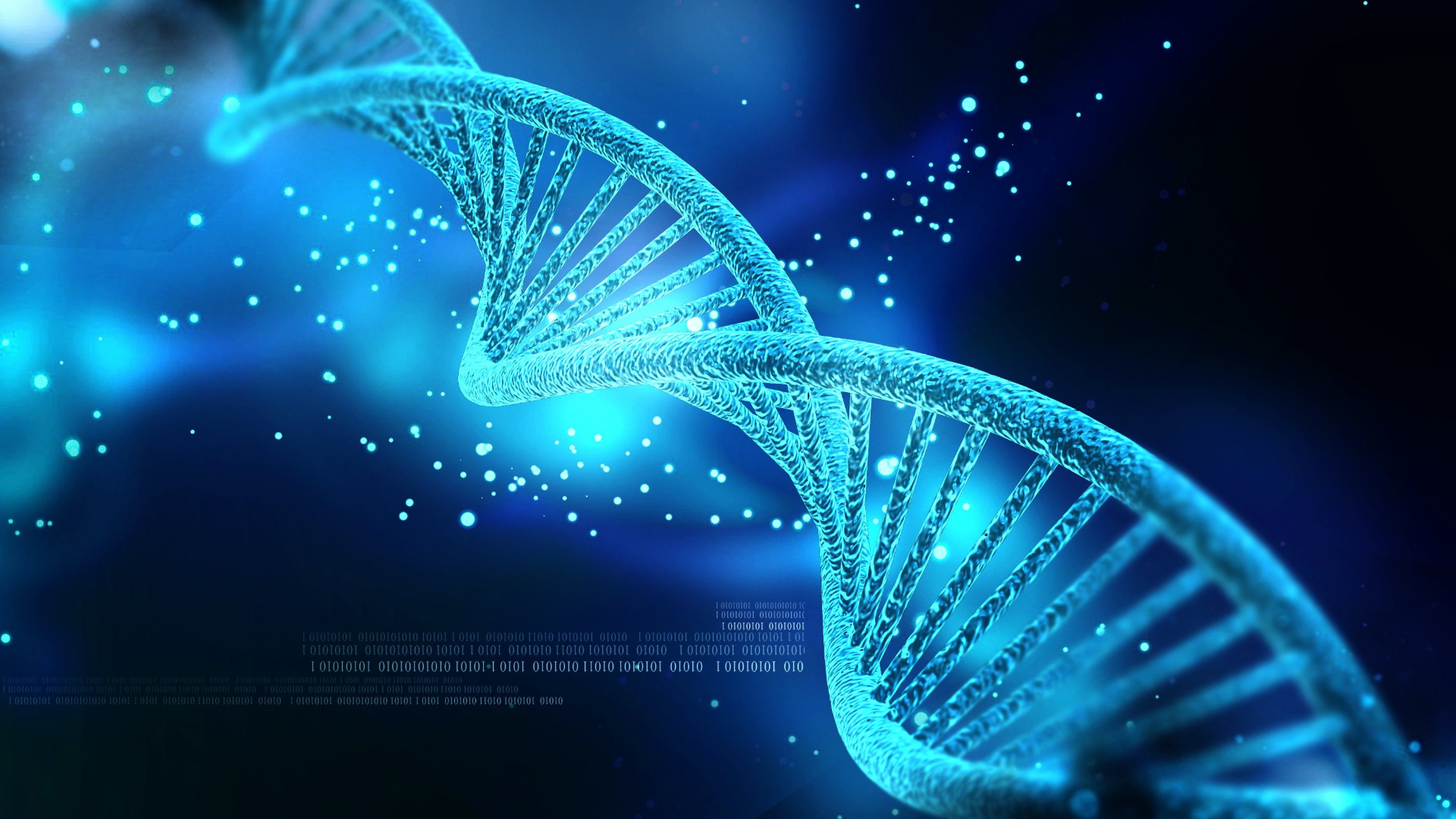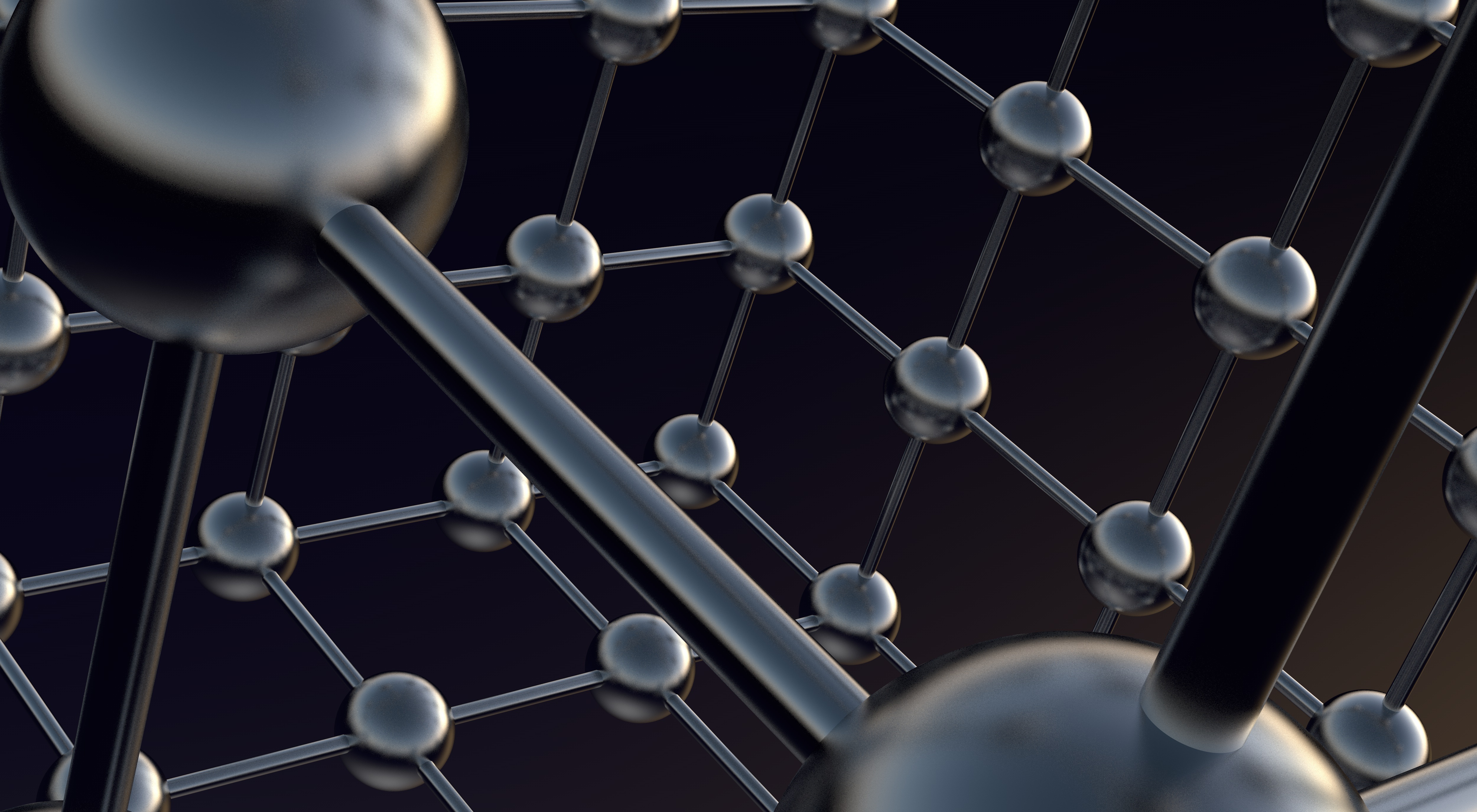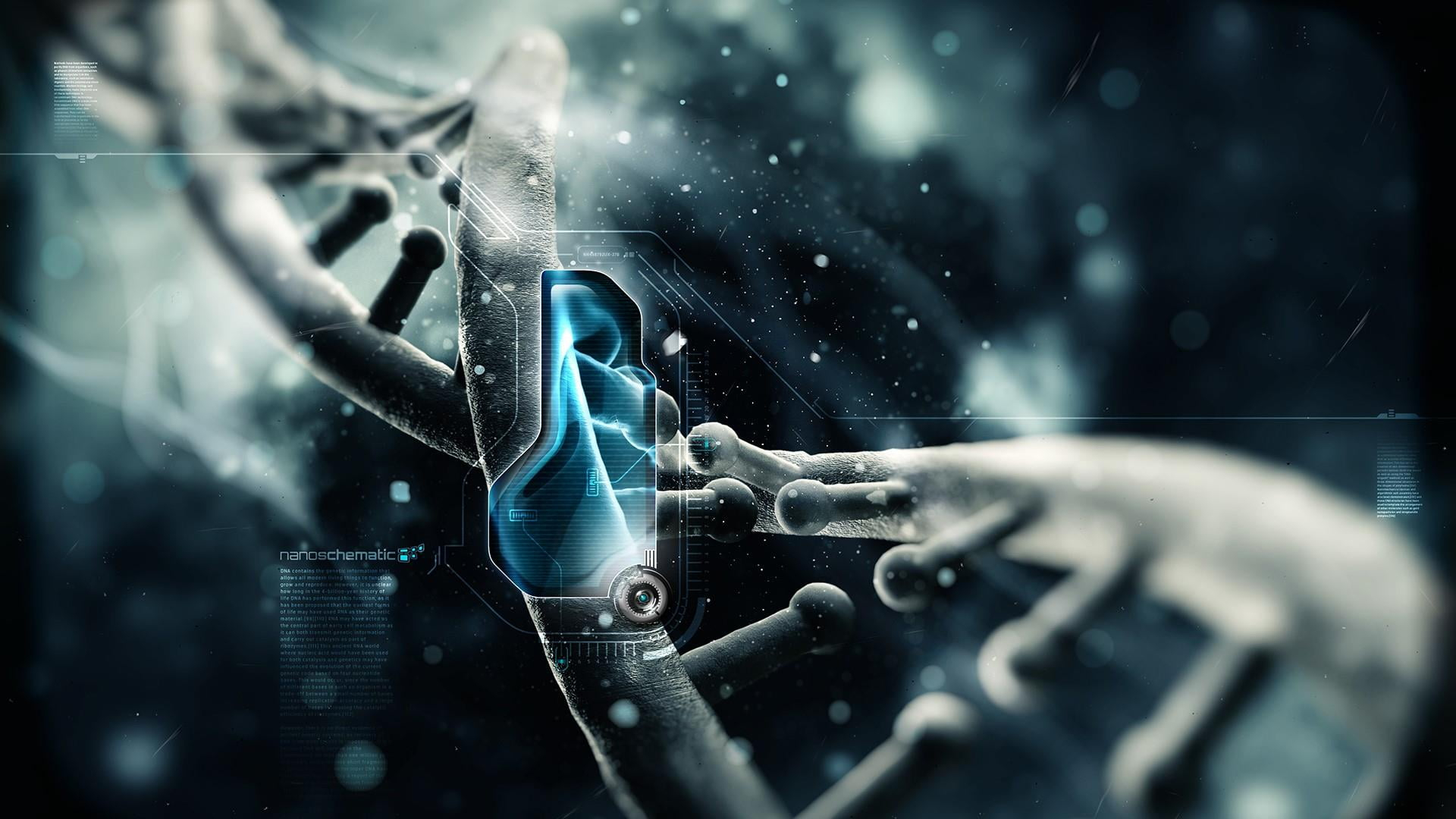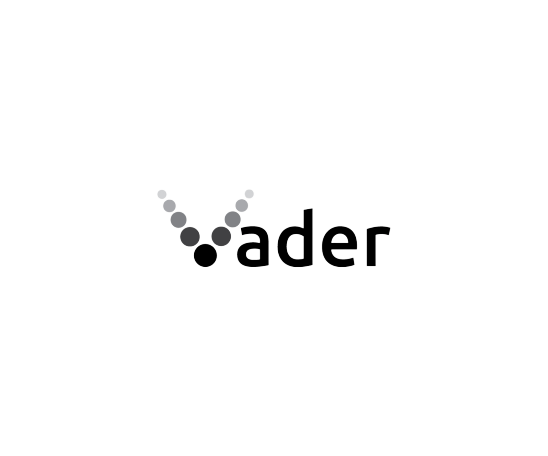How does it work?
The fascinating thing is that everything on earth contains atoms. The food you eat, the house you live in, the clothes you wear, everything. And that goes for your body too. Nanotechnology involves seeing and controlling the individual molecules and atoms that are part of our makeup, and in so doing, we can advance many sectors of our lives such as medicine and aviation.
Seeing an atom is not easy. You cannot use a regular microscope such as those found in science classes to do so, and you need a particular device for the same. Modern nanotechnology took a while to get developed as there were no devices which could view the atoms. It wasn’t until about thirty years ago that the scanning tunneling microscope and the atomic force microscope came into the picture.
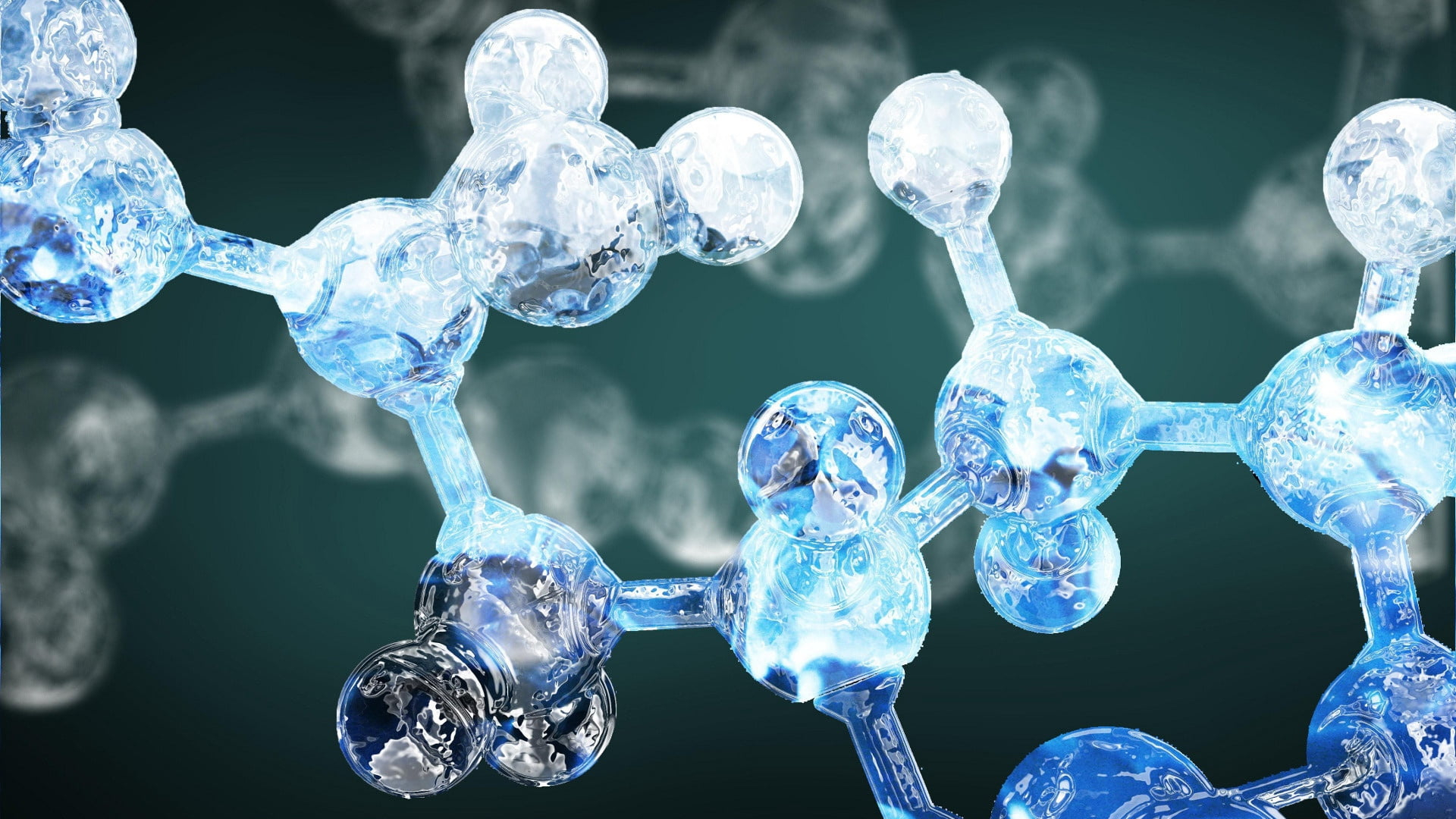
However, though the devices are relatively new, nanoscale materials have been in use for a very long time. Take the example of medieval churches where the stained-glass windows produced many a hue. It was all due to the gold and silver particles of alternating sizes carefully placed in the glass. The only difference is that the artists had no idea that their processes changed the composition of the materials, thus resulting in vibrant colors.
At present, engineers and scientists use the nanoscale as they can manipulate molecules, thus resulting in higher strength, better chemical reactivity and other features that bigger particles cannot achieve.
Uses
When people first started exploiting nanotechnology, they had no idea how immense the benefits would be. At present, there are many uses of this technology as more innovations come to the market with each day that comes. Here are some of the ways that you can use nanoscience:This technology has not only improved but also changed sectors such as IT, security, energy, environmental science, transport and other critical areas in the economy. Have a look:
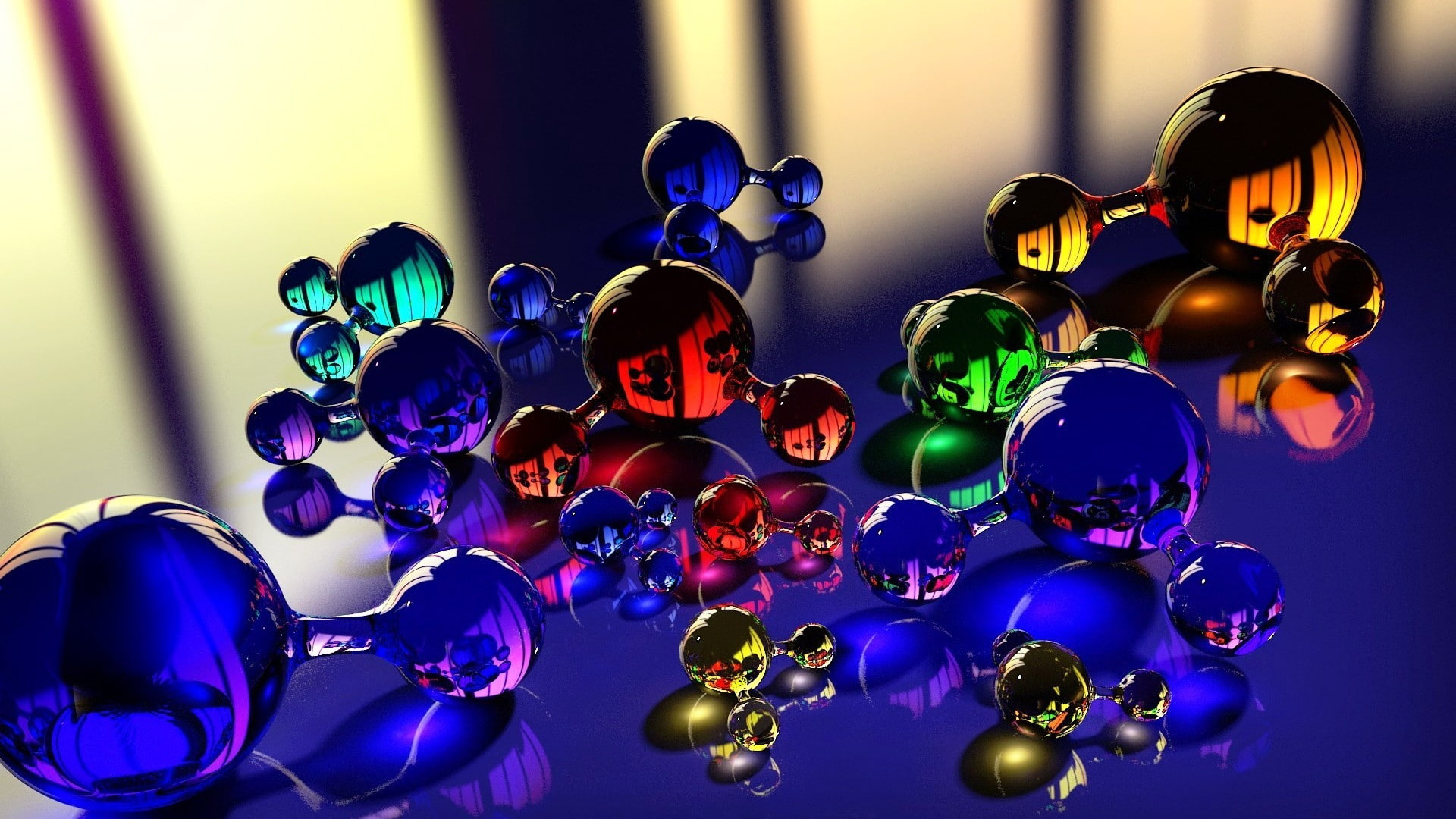
Daily Production
Most of the benefits regarding nanotechnology stem from the fact that you can customize structures to help you achieve effects such as strength, reactivity, electric conduction, and other features. For this reason, this technology is essential in the manufacture of commercial products.
Take the example of fabrics. Supposing the manufacturer wanted to ensure that the material did not stain or wrinkle to increase its durability, they could rely on nanotechnology for the same. The same goes for making display windows and cameras water repellant. In the transport industry, making cars as well as other transport vehicles lightweight enables people to save costs regarding fuel. Lightweight features are also important in sports gear such as helmets and baseball bats to make players more effective in the field. It all comes down to the manipulation of atoms and molecules to the point that the resultant product displays the features that the manufacturer wants.

